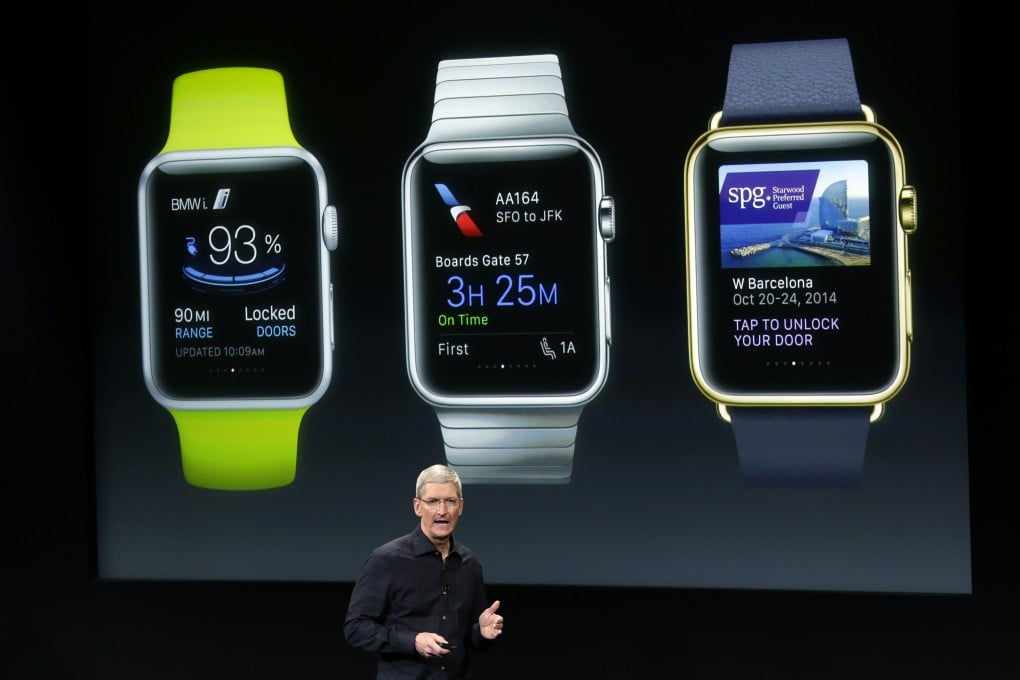What does the arrival of smart watches, like the Apple watch, mean for traditional watchmakers?

What does the small screen have in store for the future of the watch industry? Now that Apple, the most influential player in the smart-watch arena, has shown prototypes of its upcoming product, the world has what may be the most premium technology able to be worn on the wrist ever to hit the consumer market.
Many are asking how this will affect the traditional watch market. Will there be demand or even use for all the sensors, phone links and web connectivity that the smart watches can provide? Will we need all the data that we can now collect? Is it appropriate to even see the computerised wearable wrist device and the traditional wristwatch as similar?
It is important to remember that the traditional watch market has been changing since its formation. Mechanicals came, then began being produced all over the world, then battery-powered, quartz and digital came threatening the mechanicals, then the mechanicals strengthened again - as badges, jewellery or fashion.
Even the addition of computing power to the wrist isn't that new. The now-trendy Casio calculator watch may have been the first consumer-accepted product that went mainstream when it popped up on hopeful students' wrists decades ago. There were dive computers for scuba aficionados, altimeters for skydivers, weather predictors and GPS trackers for adventure seekers. Even Swatch created models that included electronic ski slope passes. Still, the most recent crop of wrist technology is by far the most complex and most widely appreciated.
There are several points of view on what the effects may be. Those outside the watch industry often believe that traditional watch brands will be forced to integrate smart-watch technology. Wristwatches themselves were once an example of technological wizardry that found its way to the wrist.
Many watch companies have already integrated smarter technologies into their watches, and not just Casio or Suunto. Breitling has long had models with analogue and digital functions, including its iconic Emergency models that can send out rescue signals. Chopard made a special run of watches that combined a clean analogue face with a virtually invisible digital readout. TAG Heuer has made some very accurate and very expensive technologically advanced digital timepieces encased in its milestone square case with the dual-face Monaco 69.
TAG Heuer has a head start in the phone market, and its Monaco would be the perfect platform as it combines legacies in history, technology, design and motorsport. And it is already square.
